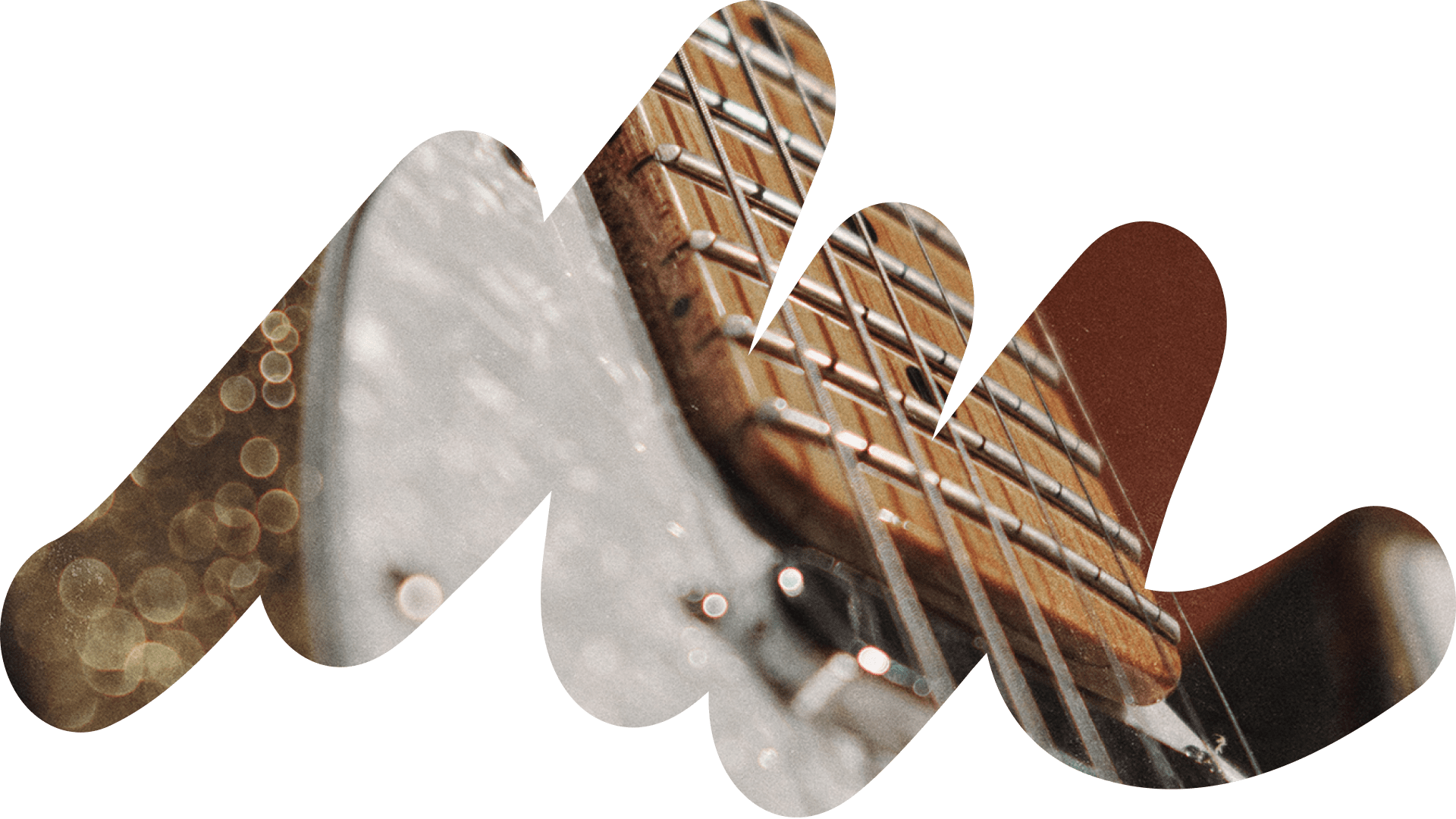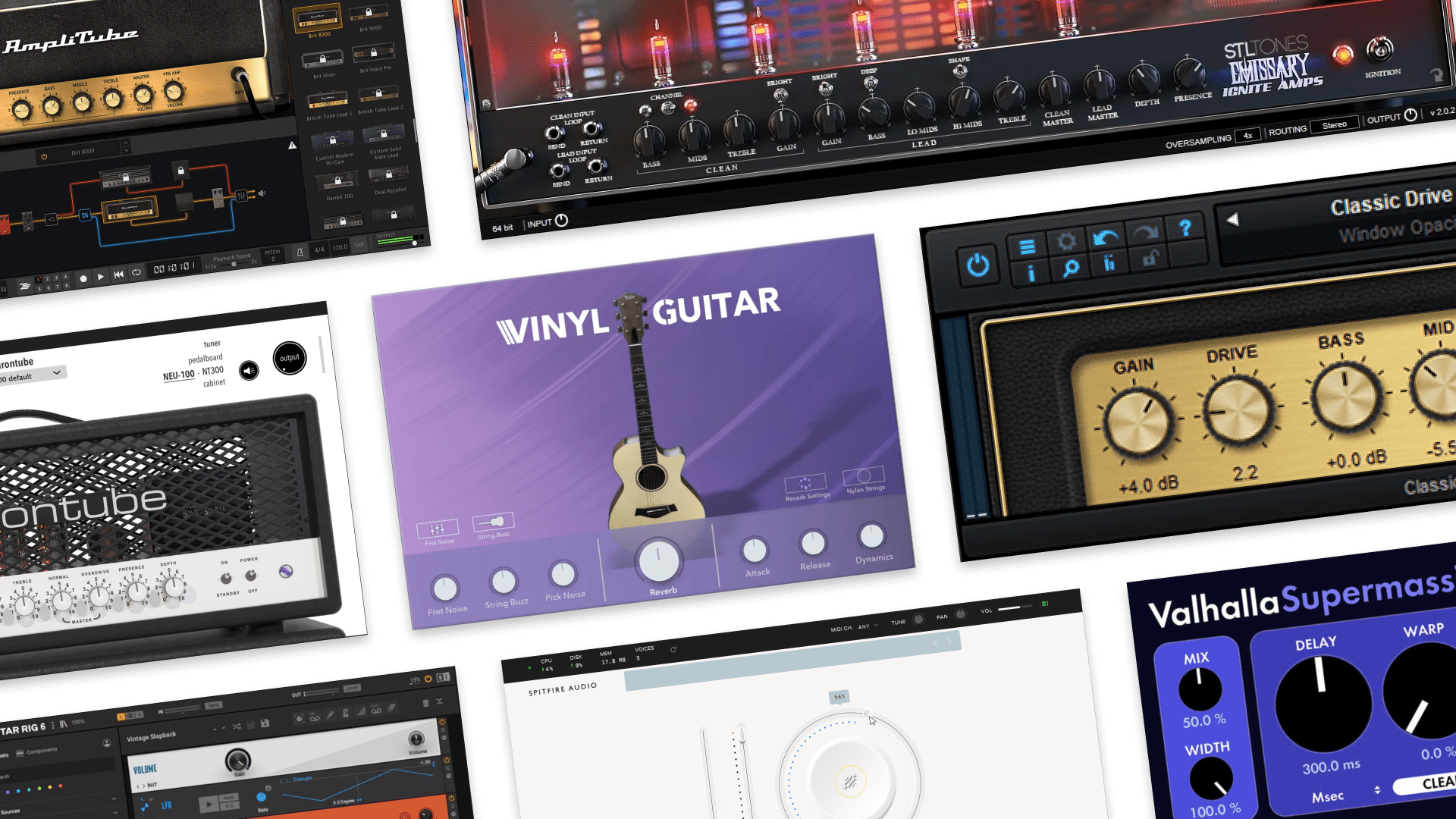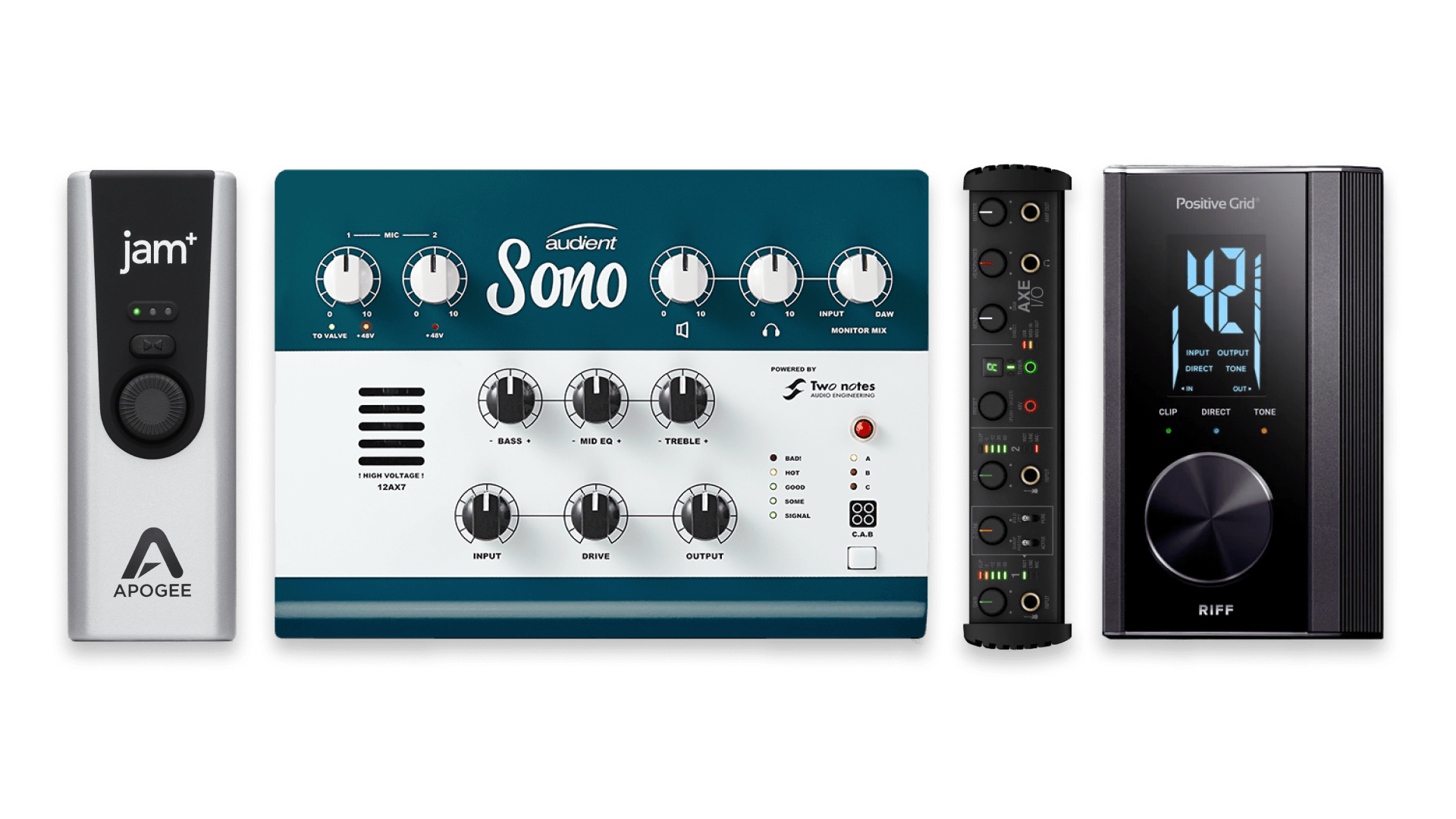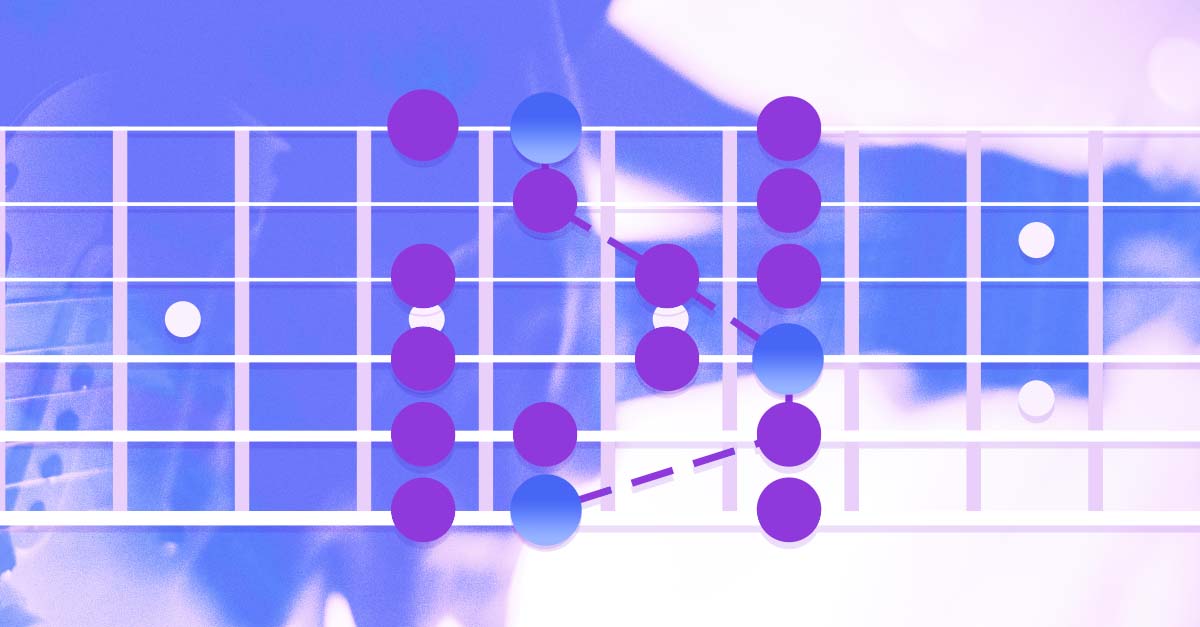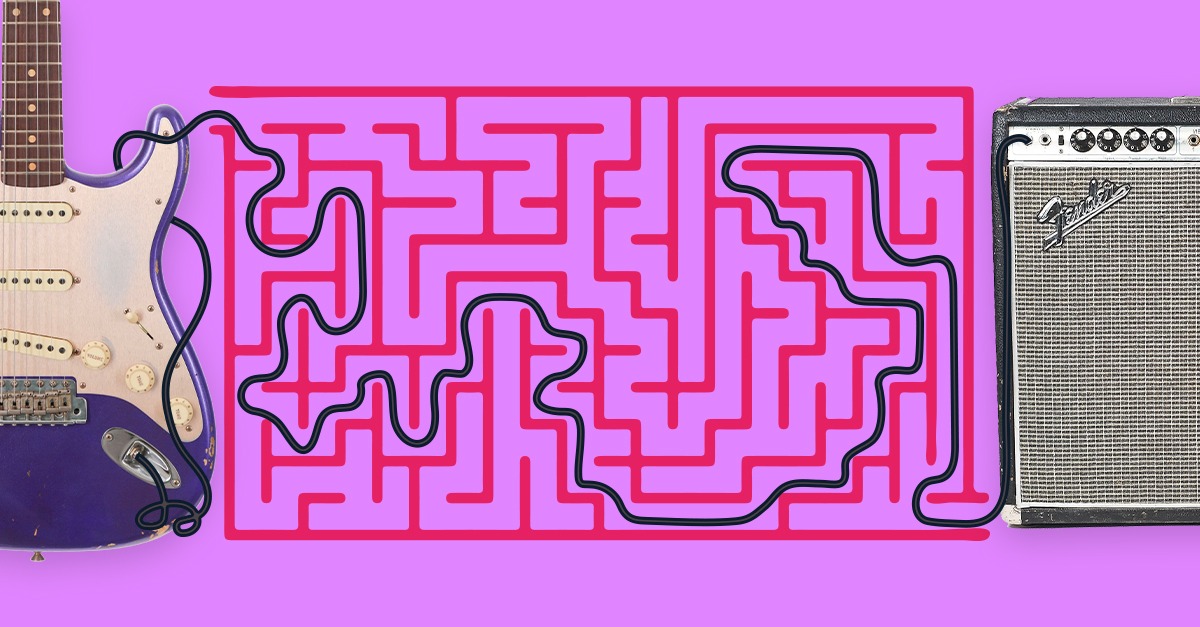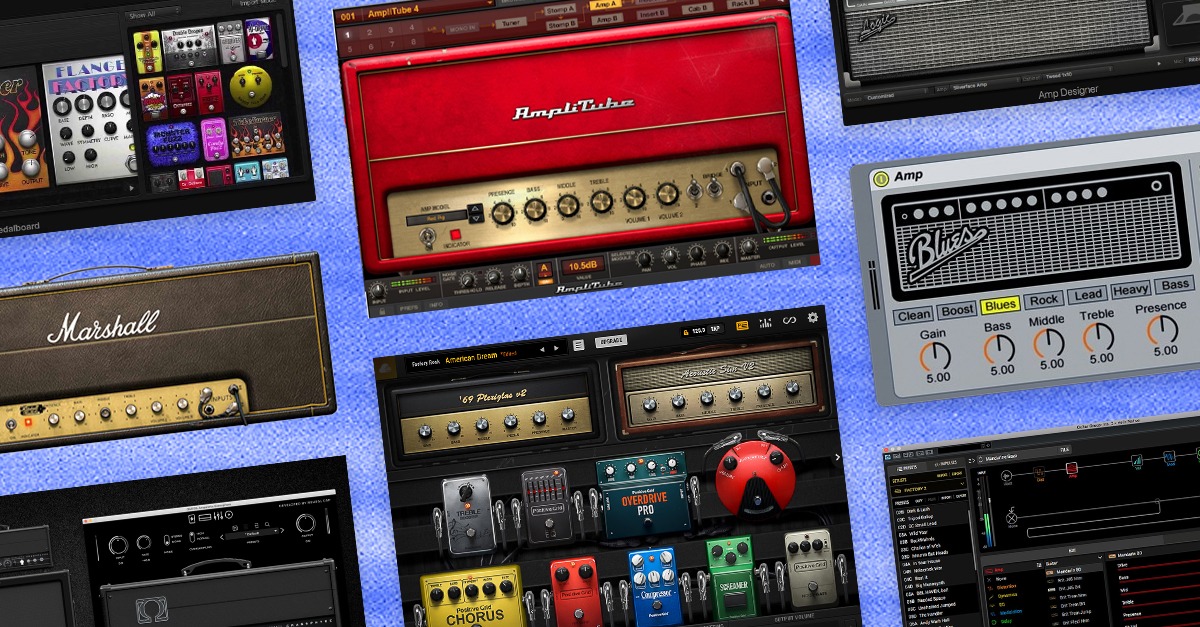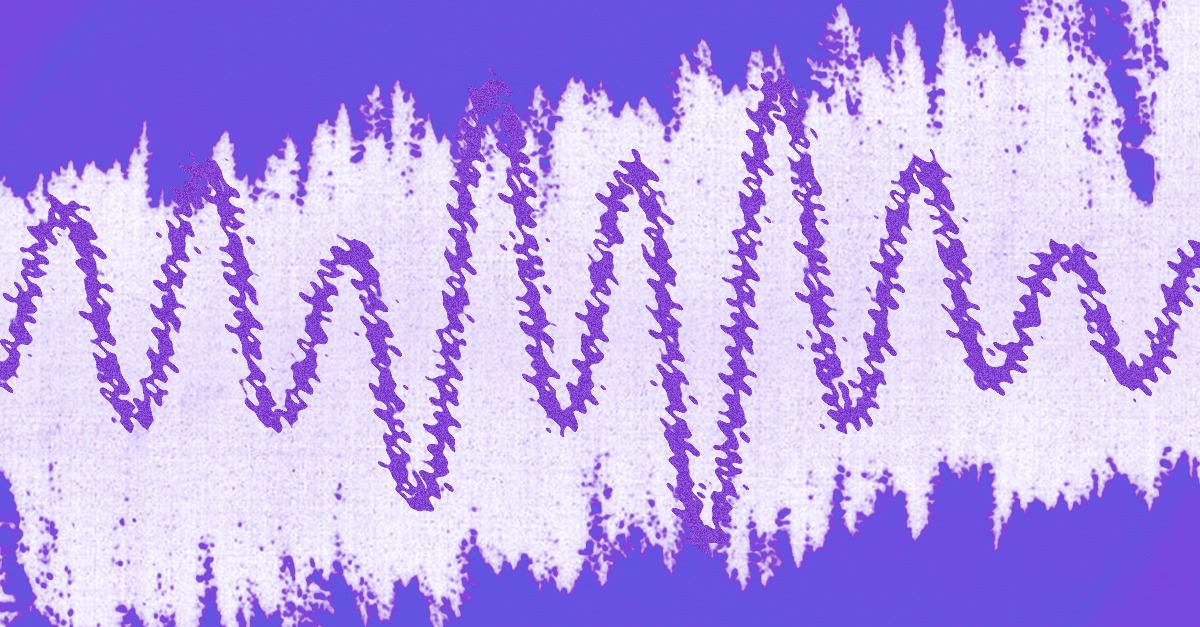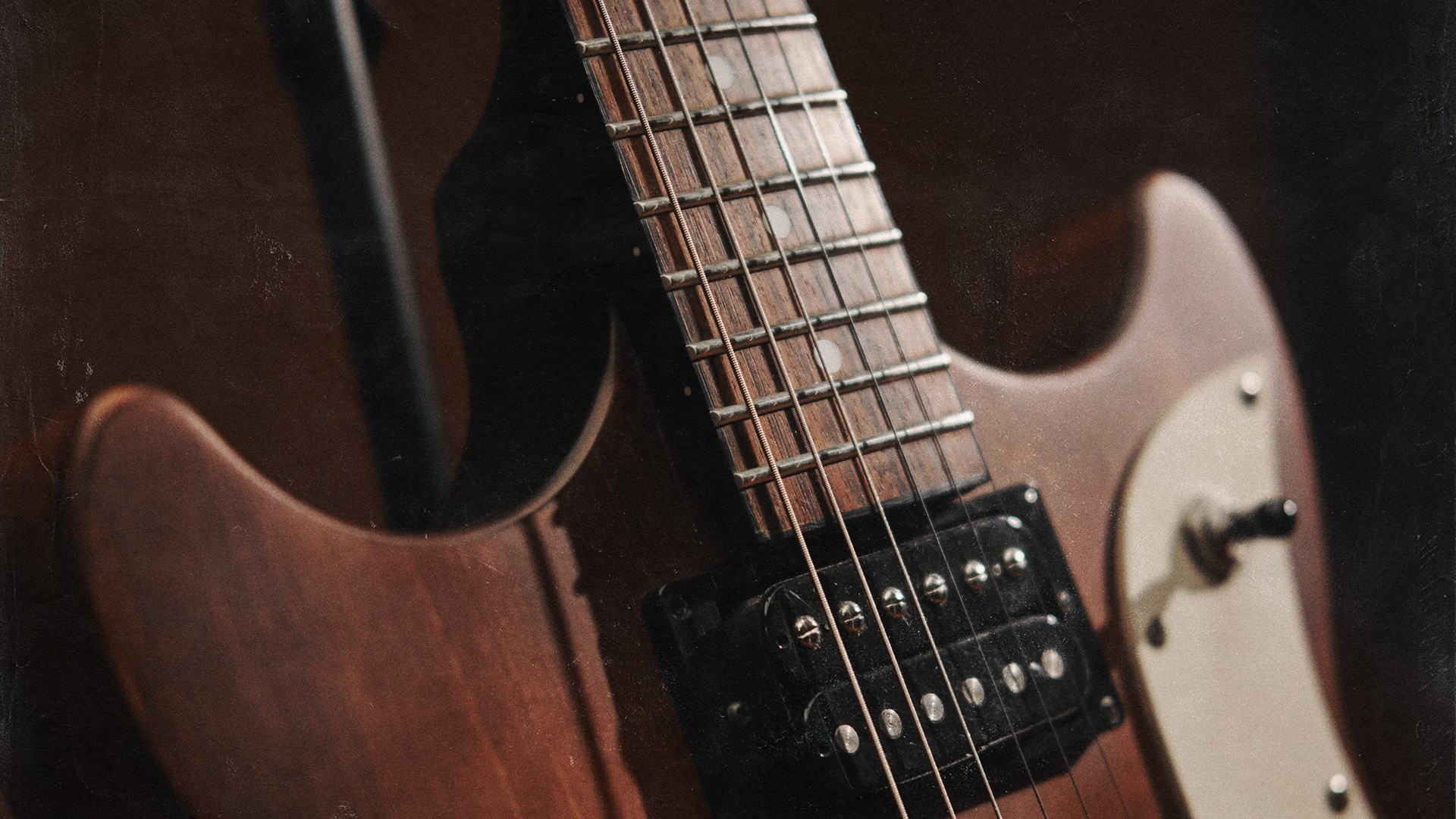
Guitar Harmonics: How to Create Overtones With Guitar or VSTs

Guitar harmonics are a special technique for creating bell-like resonant sounds from any type of guitar.
They’re based on a unique property of stringed instruments like guitar, bass and concert strings.
But harmonics are used most often by guitar players, and they are found regularly in many genres of music.
So what exactly are guitar harmonics? How do they work and how can you play them yourself?
In this article I’ll explain what guitar harmonics are, show you three ways to create them on your instrument and provide alternatives for producers to use them in a DAW.
Let’s get started.
What are guitar harmonics?
Guitar harmonics refer to any technique that causes the instrument’s string to resonate above the fundamental frequency.
Called a flageolet when performed on a concert string instrument like violin or cello, harmonics have a resonant, sustaining quality.
They’re a common technique in rock and pop guitar thanks to their musical reaction to common effects like distortion.
Guitar harmonics can achieve anything from bell-like overtones to squealing feedback when performed with different methods.
How do harmonics work?
Harmonics arise from a property of stringed instruments that’s related to the harmonic series.
A resonating string has locations called nodes where the resulting wave’s amplitude is 0.
Nodes appear at predictable places along the length of the string that correspond to whole number divisions of its length.
Dive deep on guitar
Our best resources for producers, players and newcomers.

For example the first node appears at ½ the length of the string, the second at ⅓, the the third at ¼.
Measuring a guitar string from bridge to nut, the first node appears at the 12th fret, which is exactly half its length.
By placing your finger loosely over the 12th fret bar without depressing it, striking the string will produce a bell-like harmonic that sustains without holding down the fretted note.
The note that sounds is exactly one octave above the string’s fundamental, a frequency ratio of 2:1 or, the inverse of the ½ string length!

Introducing LANDR Guitar
Harmonic series
This phenomenon is called harmonics because of the harmonic series.
All musical tones are made up of different frequency components with different intensities relative to one another.
For tonal sounds like a musical note from a guitar, the frequencies are distributed in a predictable pattern that includes overtones that occur at whole number multiples of the fundamental frequency.
If that sounds complicated, don’t worry. It just means that harmonics occur at 2x the fundamental, 3x the fundamental, 4x the fundamental and so on.
So what are the notes of the harmonic series? Here’s a video that explains it:

The harmonic series explained.
Types of guitar harmonics
Artificial harmonics
As I mentioned above, the standard way to create harmonics is by touching the string above the fret bar rather than fretting down.
This method is generally referred to as artificial harmonics, although that term can also be used to describe the practice as a whole.
Following the harmonic series method, these artificial harmonics appear at the 12th, 7th, 5th and 3rd frets.
As you go up the harmonic series, the resonance of each artificial harmonic is slightly weaker.
The octave harmonic at ½ the string’s length is relatively strong, but the ⅕ that occurs at the guitar’s third fret can be difficult to produce.
Even so, the note will ring out clearly on a well intonated instrument—especially if your distortion pedal is turned up!
Pinch harmonics
Speaking of distortion, the compression and saturation of high gain overdrive can greatly enhance the effect of harmonics.
This is most evident when it comes to a technique called pinch harmonics.
By plucking the string with the flat of the pick so that the thumb deadens the note directly after being struck, a player can produce a weak octave harmonic that turns into a wild squeal with heavy distortion.
This is a notorious effect in metal genres that call for over-the-top shredding guitar solos.
Harp harmonics
The strongest, most easily producible harmonics occur at one half the string length as I outlined above.
But that doesn’t mean you’re limited to the open strings if you want to create them.
By fretting the guitar at any position with your left hand, you can produce an octave harmonic by touching the string exactly 12 frets above with your right.
The trick is to hold your pick with your thumb and ring finger in your right hand and use your index finger to lightly tap the fret as you pluck.
The result is a unique and delicate harmonic that can sound like a plucked harp.
How to get guitar harmonics sounds
There’s no doubt that guitar harmonics are an enchanting sound.
But if you’re not a guitarist you might be wondering how to get in your own productions.
That’s where loop instruments come in!
While the guitar has had a meaningful presence in nearly every genre of popular music since the 1940s, the instrument is enjoying a resurgence in modern genres like hip-hop, neo-soul and R&B.
Producers of these genres have plenty of options to turn to for guitar loops and samples, from sample banks and to virtual instruments and loops.
If you’re looking for a wide variety of guitar sounds in different styles and textures, LANDR Guitar is one the best VST plugins available right now.
It even has a dedicated harmonics pack with recognizable harp-like belltones from acoustic, electric and distorted guitars.
Guitar harmonica
Harmonics are just one of the many tricks and techniques that give the modern guitar its unique and memorable sound.
Whether it’s the haunting resonance of artificial harmonics or the wild squeal of pinch harmonics, you can tap into their sound whether you play guitar or not.
If you’ve made it through this article you’ll have a great start when it comes to guitar harmonics.
Gear guides, tips, tutorials, inspiration and more—delivered weekly.
Keep up with the LANDR Blog.


